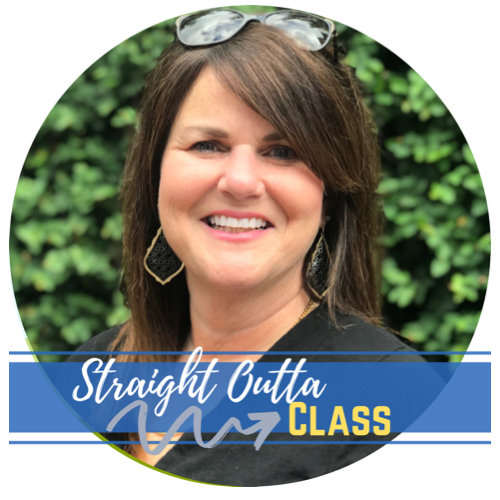How to Make 90-Minute Classes Work
- Melissa Castillo

- Oct 9, 2020
- 3 min read
I get quite a few questions from teachers about how to structure a 90-minute or longer class period in ELAR. At first, it seems like a lot of time to fill, but it's perfect if you are teaching reading and writing together. Don't let that block of time intimidate you! It's a blessing in disguise. I'm sharing tips for both in-person and virtual teaching.

My 90-Minute Class Structure
10 Minutes: I start entry to class with bell ringers that are standards-based, include critical thinking, and incorporate language games. Once a week I plan for independent reading. I make sure my morning work flows into the learning objectives for the day, so when we start reviewing the bell ringer, our discussion leads right into the lesson. Look for digital options for your bell ringer. One tip is to tie a "bonus" or "mystery" answer to the bell ringer with a small token or reward attached. Kids love to be challenged, go on missions, and solve puzzles. I use a bell ringer based on mentor text that includes reading, writing, grammar, and vocabulary. Download a free sample HERE.
15 Minutes: Spend fifteen minutes on your mini-lesson teaching a skill or concept. This includes introduction or review of the skill, explanation, and modeling ( I do, we do, you do). Including movement is one way to keep kids engaged. When I introduce prepositions, I have students use hand movements like "put your hands ON your head. Place your finger UNDER your nose. You get the idea. You're adding an element of tactile learning that helps students grasp concepts and ideas.
20 Minutes: For me, this might be the most important part of the day - in-class read aloud. Use your class novel, literature selection, passage, or mentor text. Kids NEED to hear oral language for phrasing and inflection and this should be non-negotiable. Without text connections, students will not retain what you've taught. Another important part of reading aloud is the opportunity to incorporate questioning skills that promote higher-level thinking about the text. I also discuss and point out writing structures and show students how word choice affects the mood and tone of the selection. Great questioning woven into class discussion is much more effective than sending kids off to complete an assignment answering the same set of knowledge questions without the benefit of discussion and extension. Grab these question stems, make a copy, and keep near your teaching spot. https://documentcloud.adobe.com/link/review?uri=urn:aaid:scds:US:45d18143-2d0d-4754-9aa9-c20ca6df3727

30 Minutes: Choose independent activities that reinforce skills through literature or reading. These can include learning centers or stations. I always have students working with and manipulating text in some way. They might be searching and quoting examples of figurative language, commenting on the writer's sentence structure, locating examples of parts of speech, and/or writing responses. There is no need to search for additional material when you already have a text they are reading and familiar with. *This segment is also used for collaborative work several times a week. For virtual learning, set up break-out rooms and have students complete tasks. I add incentives like homework passes and other rewards that don't cost me a penny to encourage participation, excellent work, and collaboration.
5 Minutes: Teacher-led lesson close, recap, and reflection will finish out the period. Remember to include a snippet about what students can expect the following day. Keep them on their toes by throwing in elements of surprise. That's an entirely different blog post. Often times this motivates them to be present just to see what you've got up your sleeve.
10 Minutes: The last ten minutes are set aside for exit ticket, clean-up, and dismissal. Use Google Forms as an option for your exit tickets. You'll save time when you use the self-grading feature.

If you have questions about my lesson structure or need help writing your lessons, integrating technology, or teaching grammar through literature, message me. I'm happy to help you write plans that will work for your classroom.
Happy teaching!

.png)








Comments